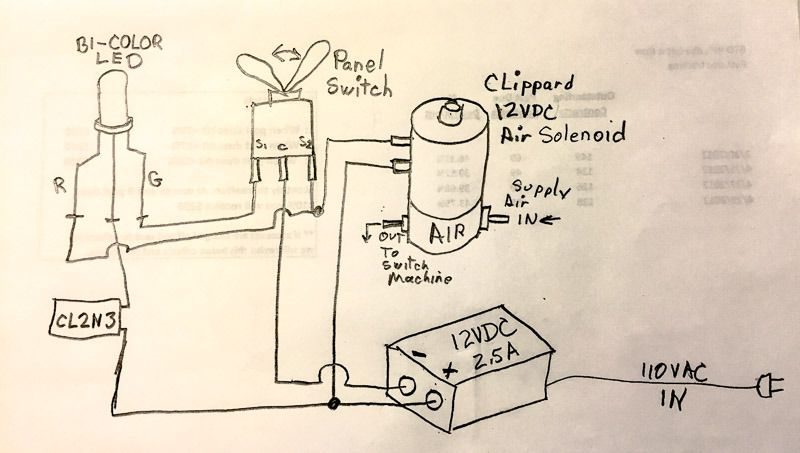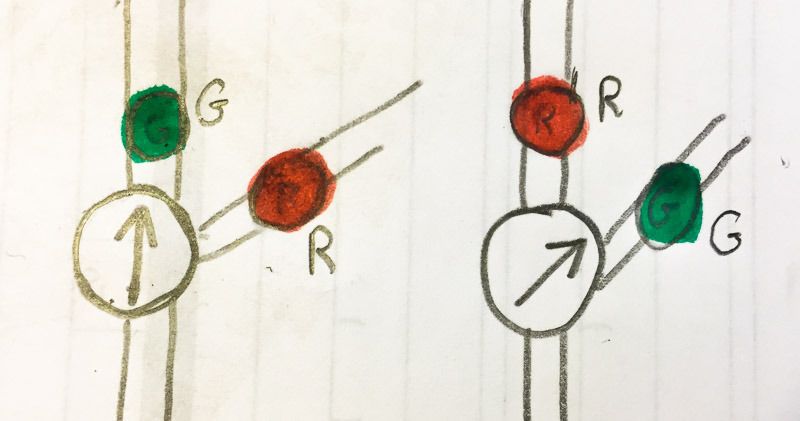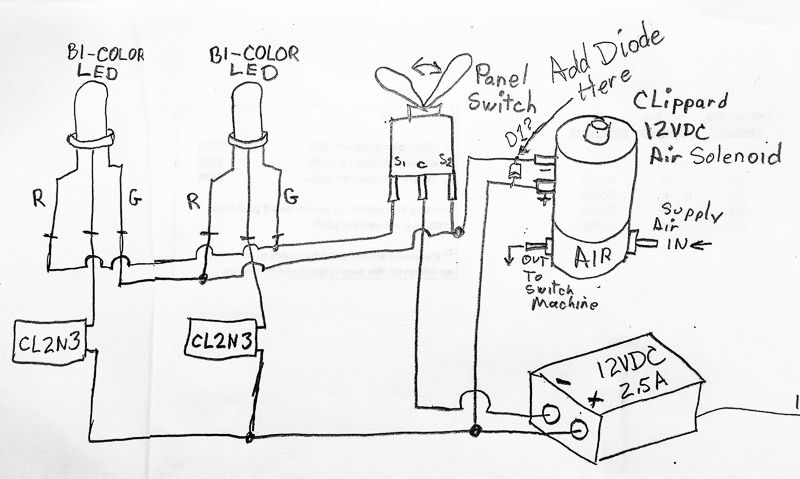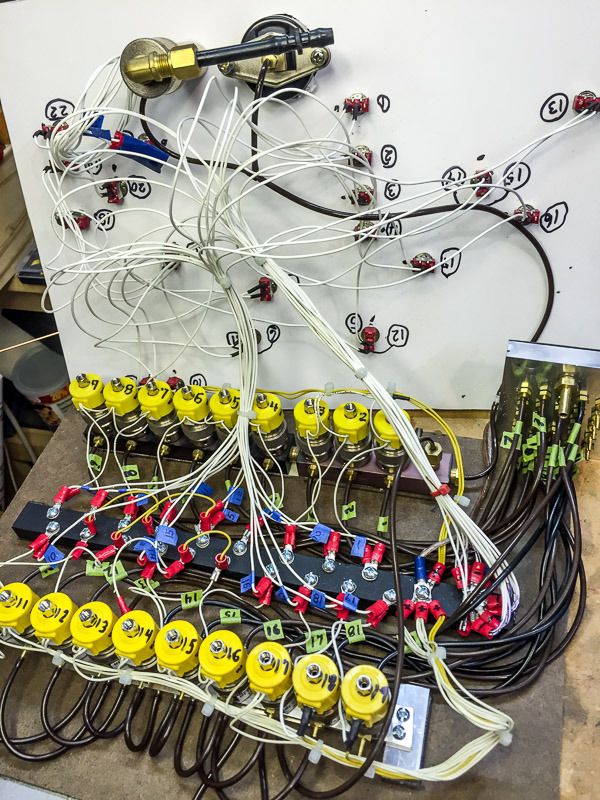The diode would be a common rectifier diode. A 4000 series (i.e., 4001-4005) should do it, though some may say that the reverse current produced by the collapsing field could exceed 50 volts peak. A 4001 is rated for 50 volts and IIRC each subsequent value increases by 50 volts. There is no harm using a higher number (e.g., 4005 to replace a 4001).
I would still use resistors rather than current limiters. The LEDs “typically like” to run about 20 milliamps and it is easy to calculate values that will work.
There is typically a 1.5 to 2.5 volt drop across the LED. So lets use 1.5 volts as a worst case.
12 volts - 1.5 volts = 10.5 volts.
As I said, the red appears brighter than the greens and it is nice to compensate for this difference.
If we use common resistor values, we find that 620 ohm 1/4 watt is readily available and will serve for the red.
10.5 volts / 620 ohms x 1,000 = 16.9 milliamps
Also,
(10.5 volts x 10.5 volts) / 620 ohms = 0.18 watt.
And you can get 100 at just $0.04 each (10 for $0.065 each)
http://www.allelectronics.com/make-a-store/item/291-620/620-ohm-1/4-watt/1.html
And for the green, we want to push it a bit harder. Another common value in the range is 470 ohms.
10.5 volts / 470 ohms x 1,000 = 22.3 milliamps
Also,
(10.5 volts x 10.5 volts) / 470 ohms = 0.23 watts
This will brighten up the green relative to the red without unduly stressing it or anything else. Same price as the 470 ohm pieces .
http://www.allelectronics.com/make-a-store/item/291-470/470-ohm-1/4-watt/1.html
BTW, at 2.5 amps, you have plenty of power to throw 2 or maybe 3 solonoids at once, but probably no more than that if you wanted to do a diode matrix to throw groups of turnouts. I have a switch on my control panel that simultaneously throws 20 of my 21 turnouts to their “default” positions, but I use a 16 amp pack fused at 10 amps and I’m throwing LGB turnout motors that pull ~1/2 amp each.





